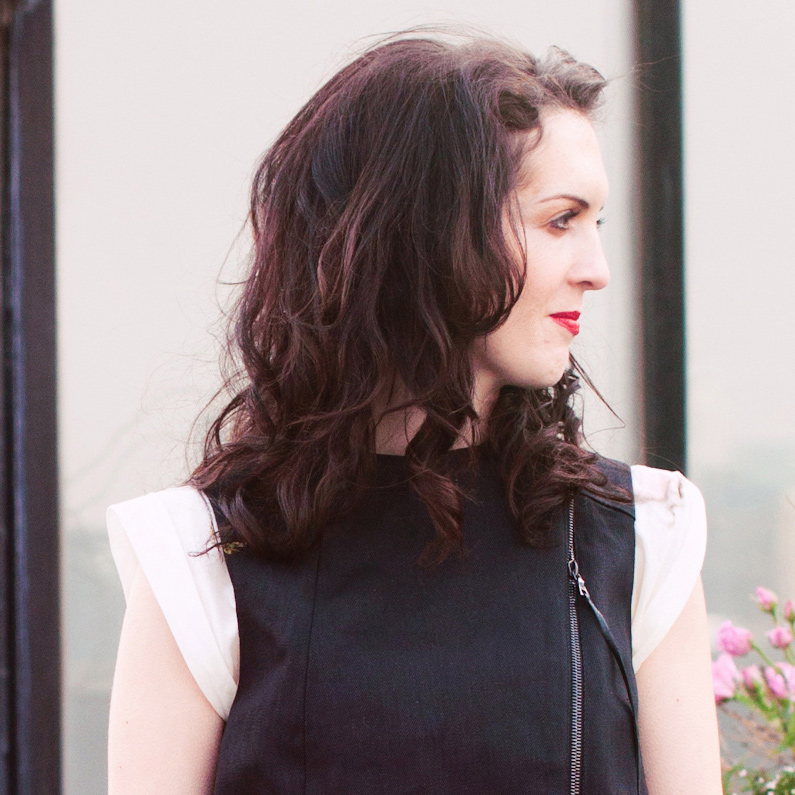
Mary Mattingly is an artist based in New York. Her work has been exhibited at the International Center of Photography, the Seoul Art Center, the Brooklyn Museum, the New York Public Library, deCordova Museum and Sculpture Park, and the Palais de Tokyo. She participated in smARTpower: an initiative between the U.S. Department of State and the Bronx Museum of the Arts as artist-ambassador to the Philippines. She has been awarded grants and fellowships from the James L. Knight Foundation, Eyebeam Center for Art and Technology, Yale University School of Art, the Harpo Foundation, NYFA, the Jerome Foundation, and the Art Matters Foundation. Her work has been featured in Aperture Magazine, Art in America, Artforum, Art+Auction, Art News, Sculpture Magazine, China Business News, The New York Times, New York Magazine, Financial Times, Le Monde Magazine, Metropolis Magazine, New Yorker, The Wall Street Journal, the Brooklyn Rail, the Village Voice, and on BBC News, MSNBC, Fox News, News 12, NPR, WNBC, New York 1, and on ART21‘s “New York Close Up” series.
Mattingly recently launched a three-part project, beginning with the Flock House Project: three spherical living-systems incorporating rainwater collection that cycled water through edible gardens, solar panels, and enclosed living spaces. These spheres were choreographed through New York City’s five boroughs and are currently in Omaha, NE. Triple Island (part two)was exhibited at Pier 42 in Lower Manhattan. WetLand (part three) launched from the Delaware River in Philadelphia in the fall of 2014 and is currently being programmed by the University of Pennsylvania’s Art, Science and Humanities forum about the Anthropocene. Students will inhabit WetLand for a week at a time, caring for its ecosystem and acting as docents. Mattingly also founded the Waterpod Project, a barge-based public space containing an autonomous habitat. Working with multiple collaborators, from artists to businesses and city agencies, the Waterpod docked at piers in each of the five boroughs. Over 200,000 people visited the Waterpod in 2009.

How can we begin to put the war machine behind us when we aren’t allowed to grieve over it, and because of it? Objects can connect us through their histories and the stories they carry with them. When we are able to change their form, it can be powerful. For her residency at Watermill, Mary Mattingly will continue working on Burying a Military Trailer, 2016, transforming a military vehicle into a useful social space, rendering its original form unrecognizable.
In partnership with the Parrish Museum, she will work from Watermill while exhibiting WetLand, a floating ecosystem and art space that resembles a sinking house in the water near the Parrish Museum.
